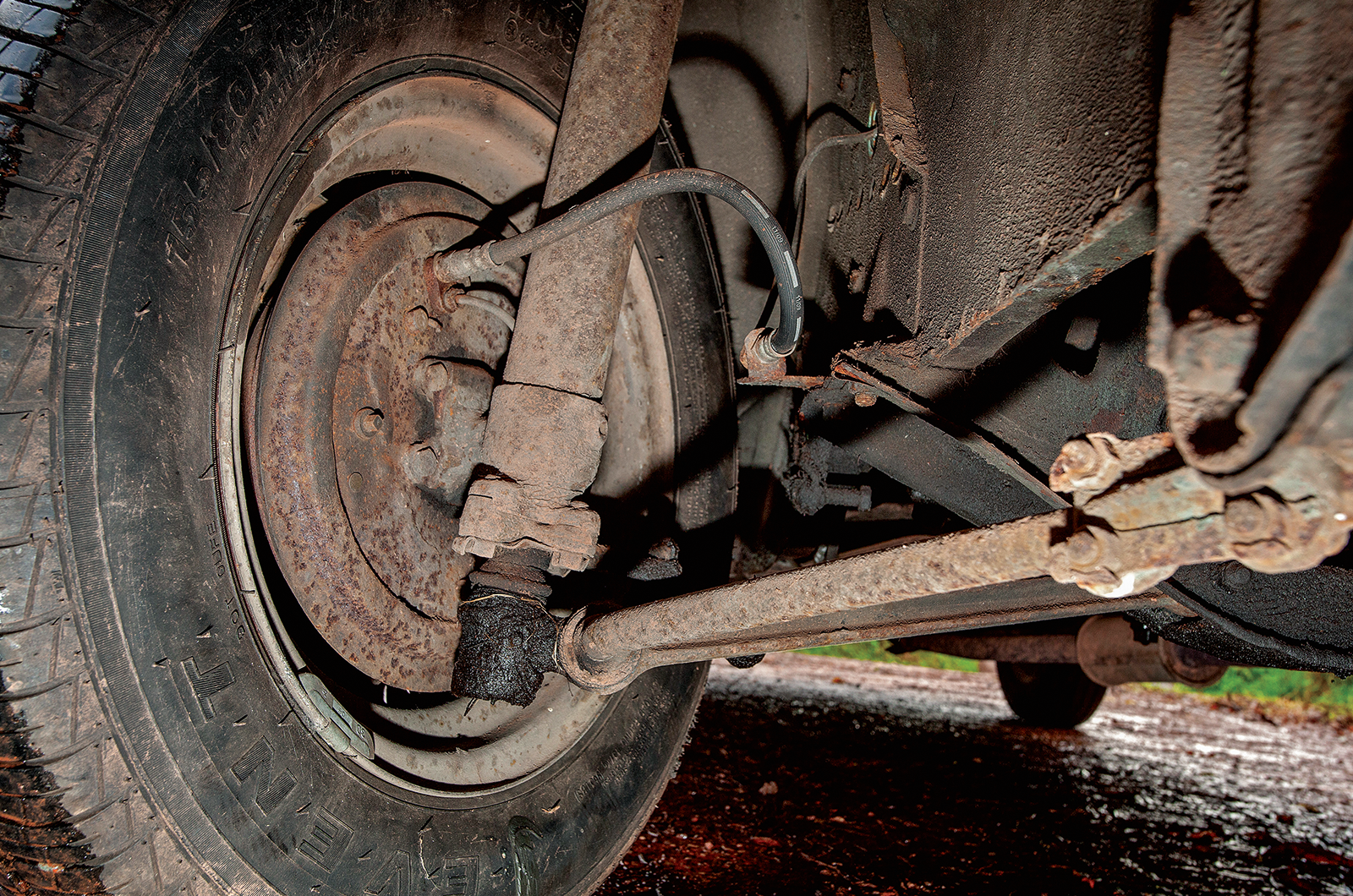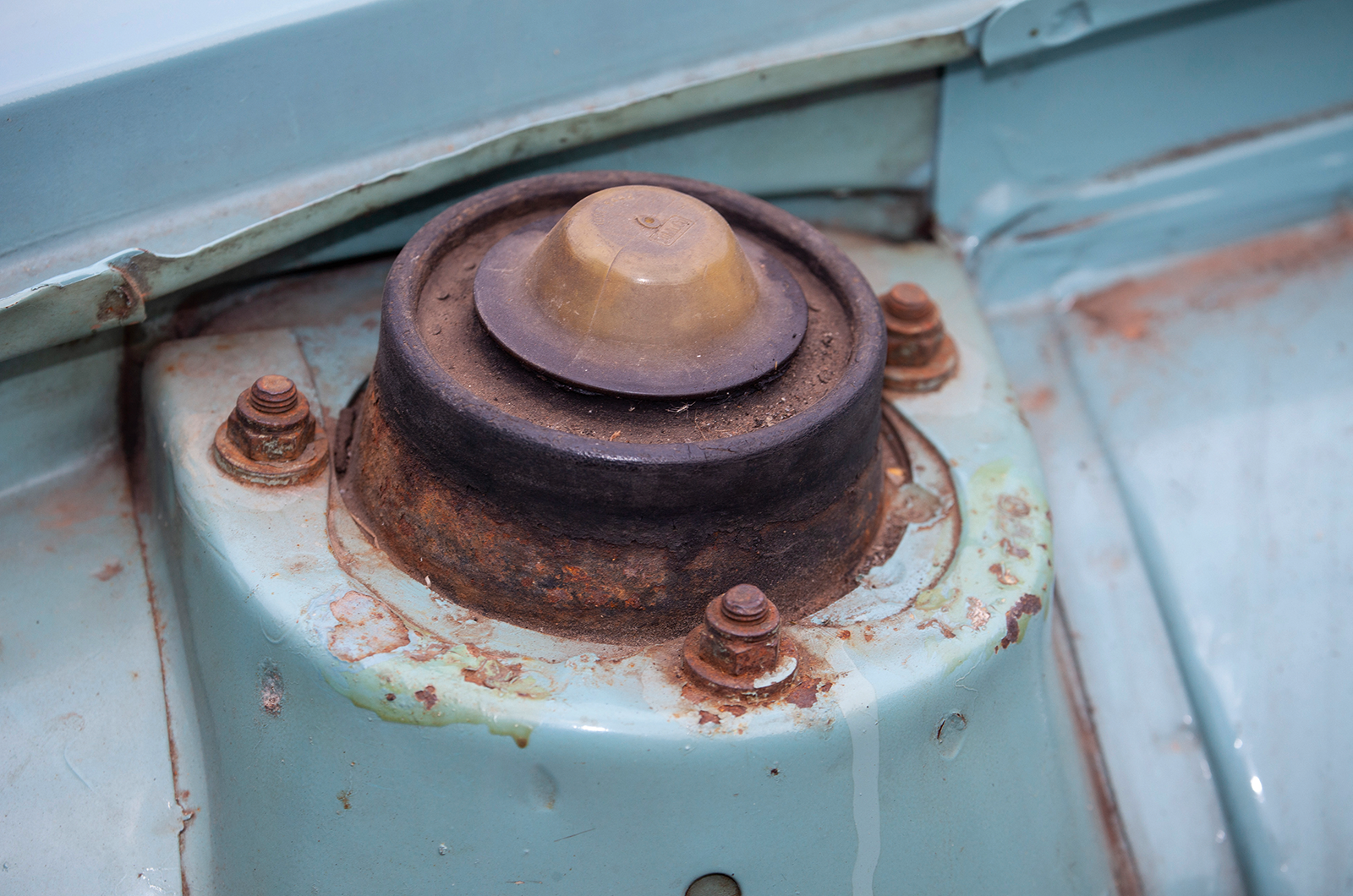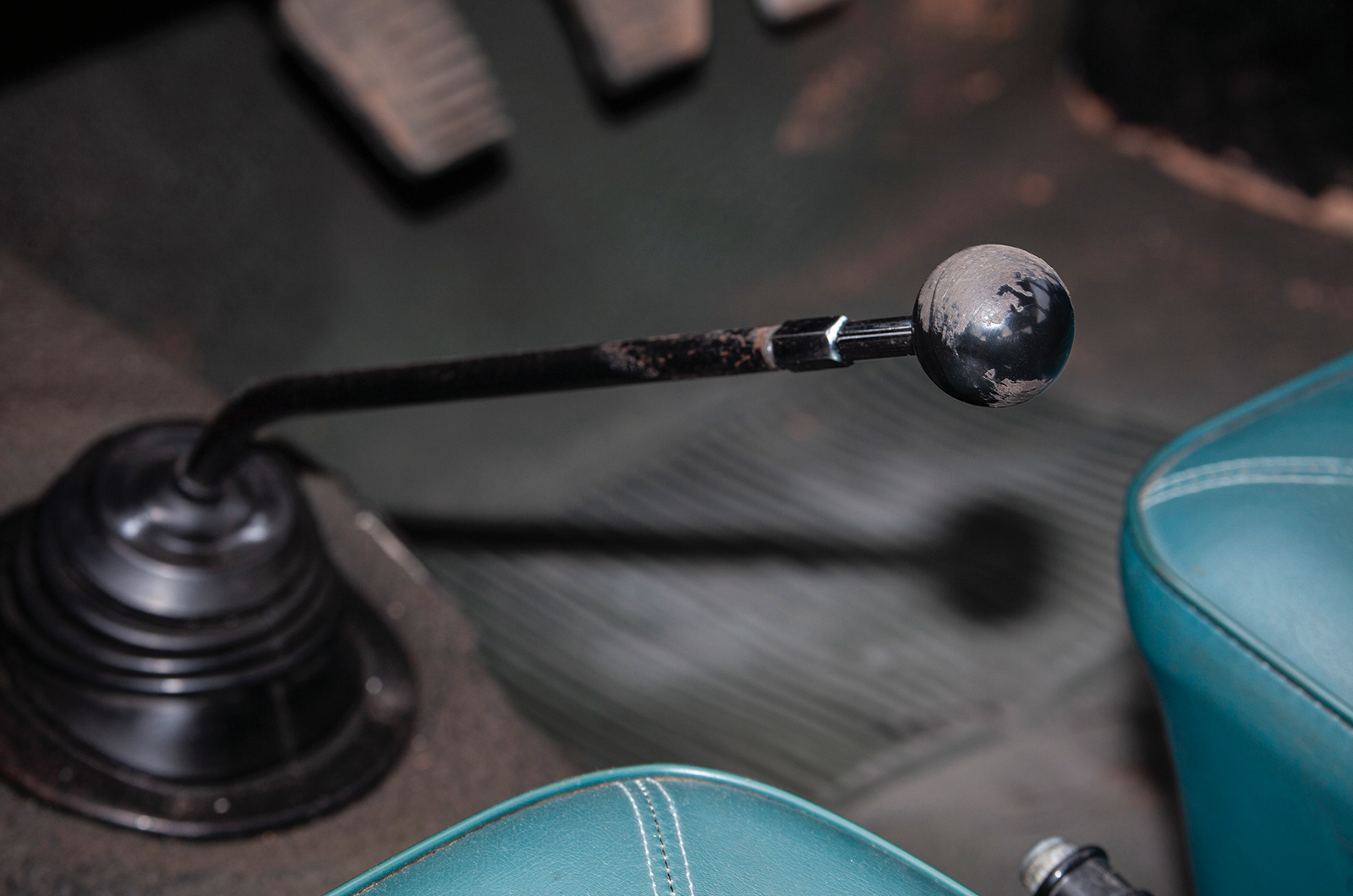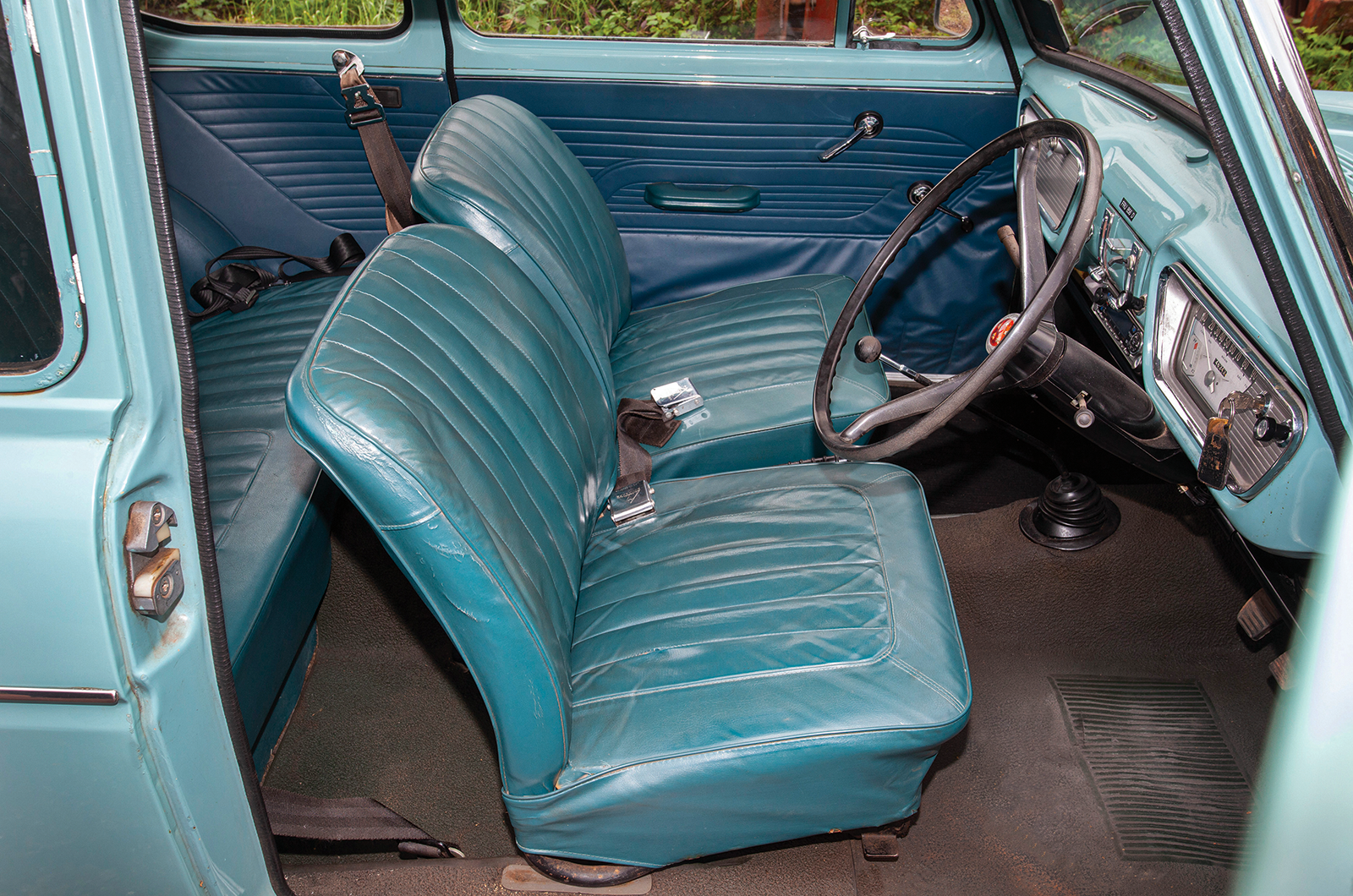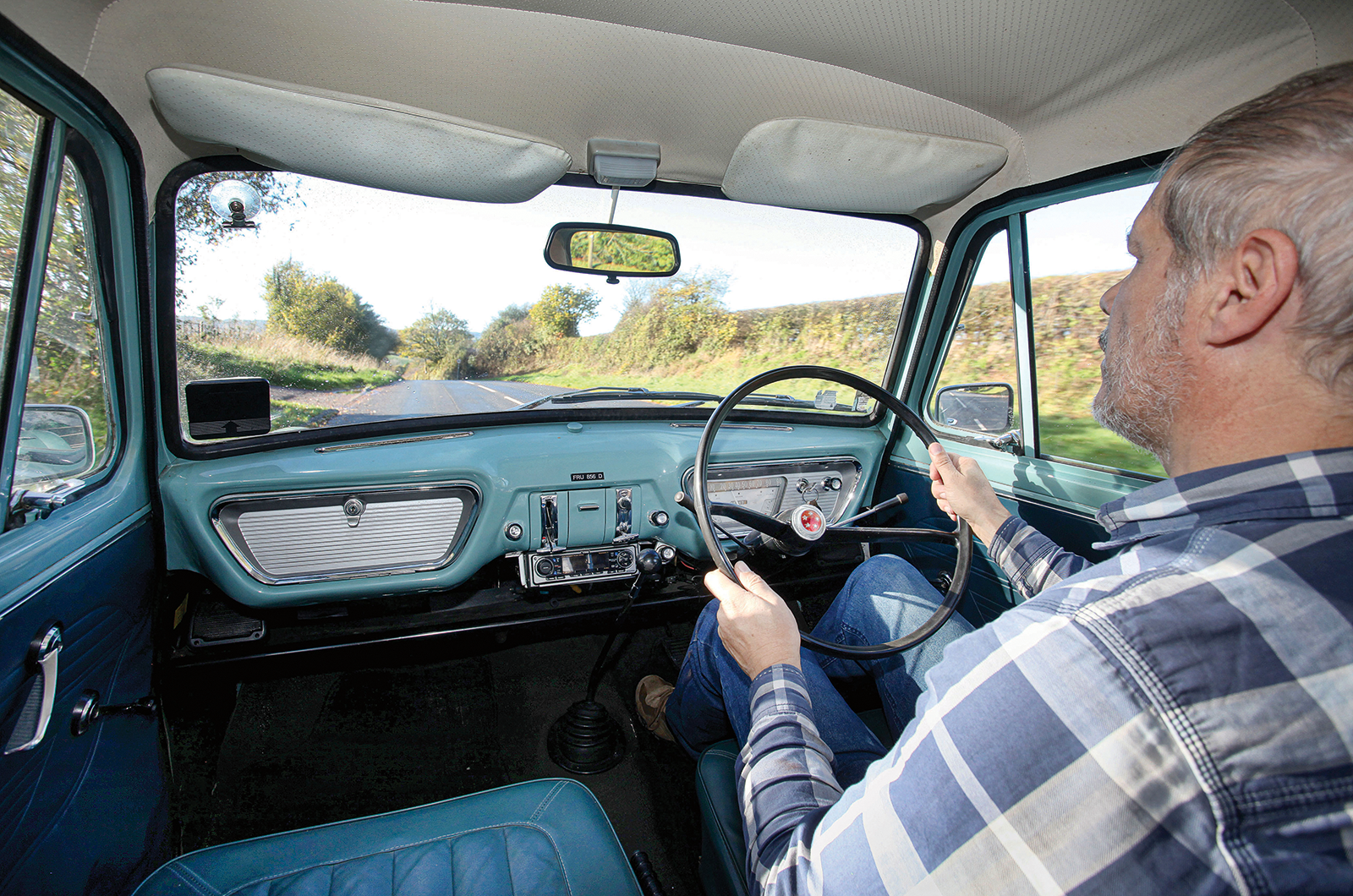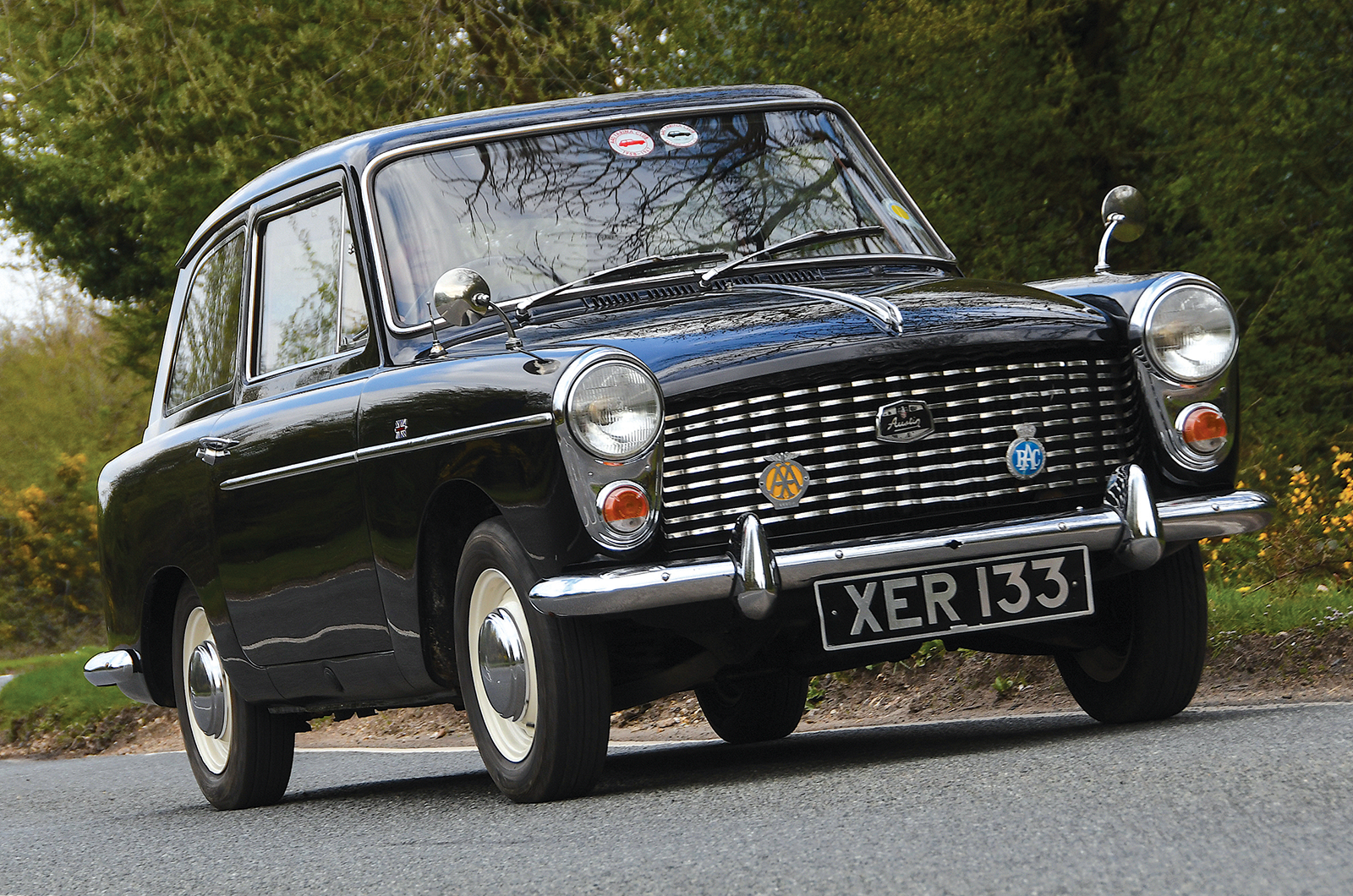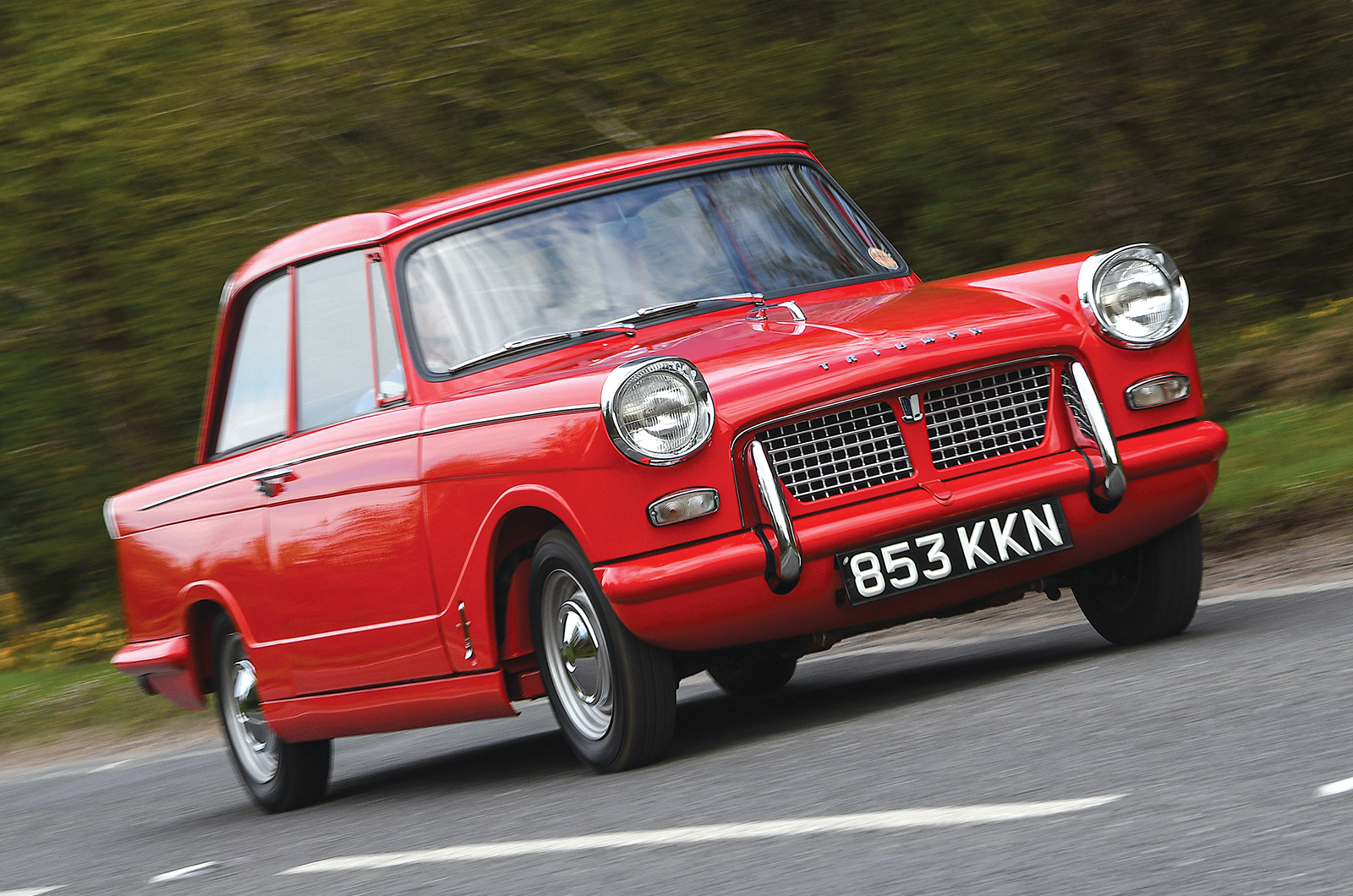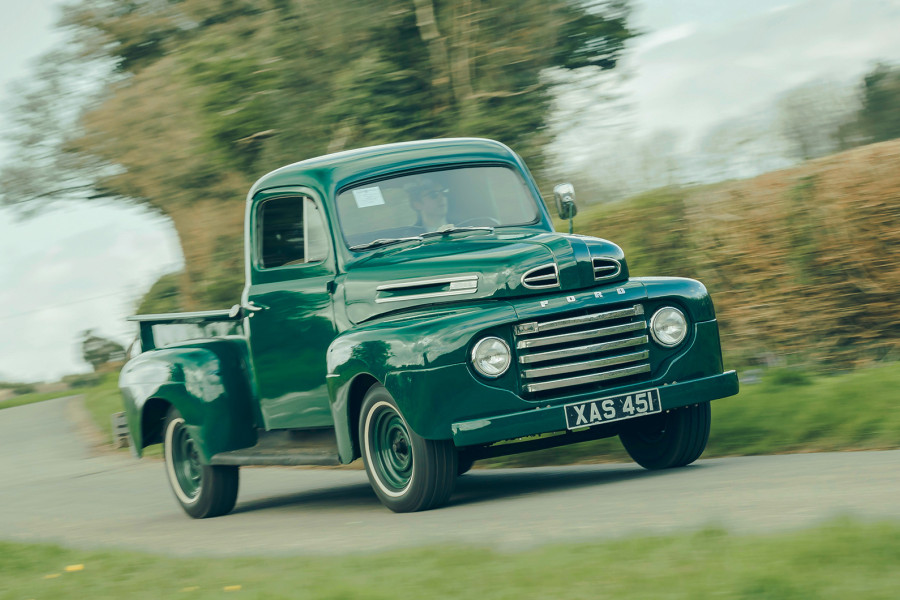
Why you’d want a Ford Anglia 105E/123E
Britain was a world leader in car production by the late ’50s, but some of its products were distinctly antiquated – not least Ford’s 100E Anglia, with its pre-war-derived sidevalve engine, three-speed gearbox and vacuum-operated wipers.
But simplicity and low cost were appreciated, so the 100E Popular continued to ’62, alongside the 100E body with the 105E engine providing a four-door saloon option as the 107E Prefect.
The Anglia 105E burst on to the scene in 1959, all set to take the ’60s by storm with bold, futuristic styling including a low, wind-tunnel-honed nose and a reverse-rake rear ’screen that cleverly allowed great headroom, a large boot opening and cost-saving flat rear glass.
There have been few bigger contrasts in engine history than Ford’s switch from long-stroke, low-revving sidevalve to short-stroke, oversquare, overhead-valve screamer in 1959.
The 105E unit was swiftly adopted for Formula Junior racing, and within two years a huge range of tuning options was available from evocative names such as Cosworth, Alexander, HRG, Holbay, PECO, Allard and Willment.
It came with a new four-speed, three-synchro ’box with a super-slick change.
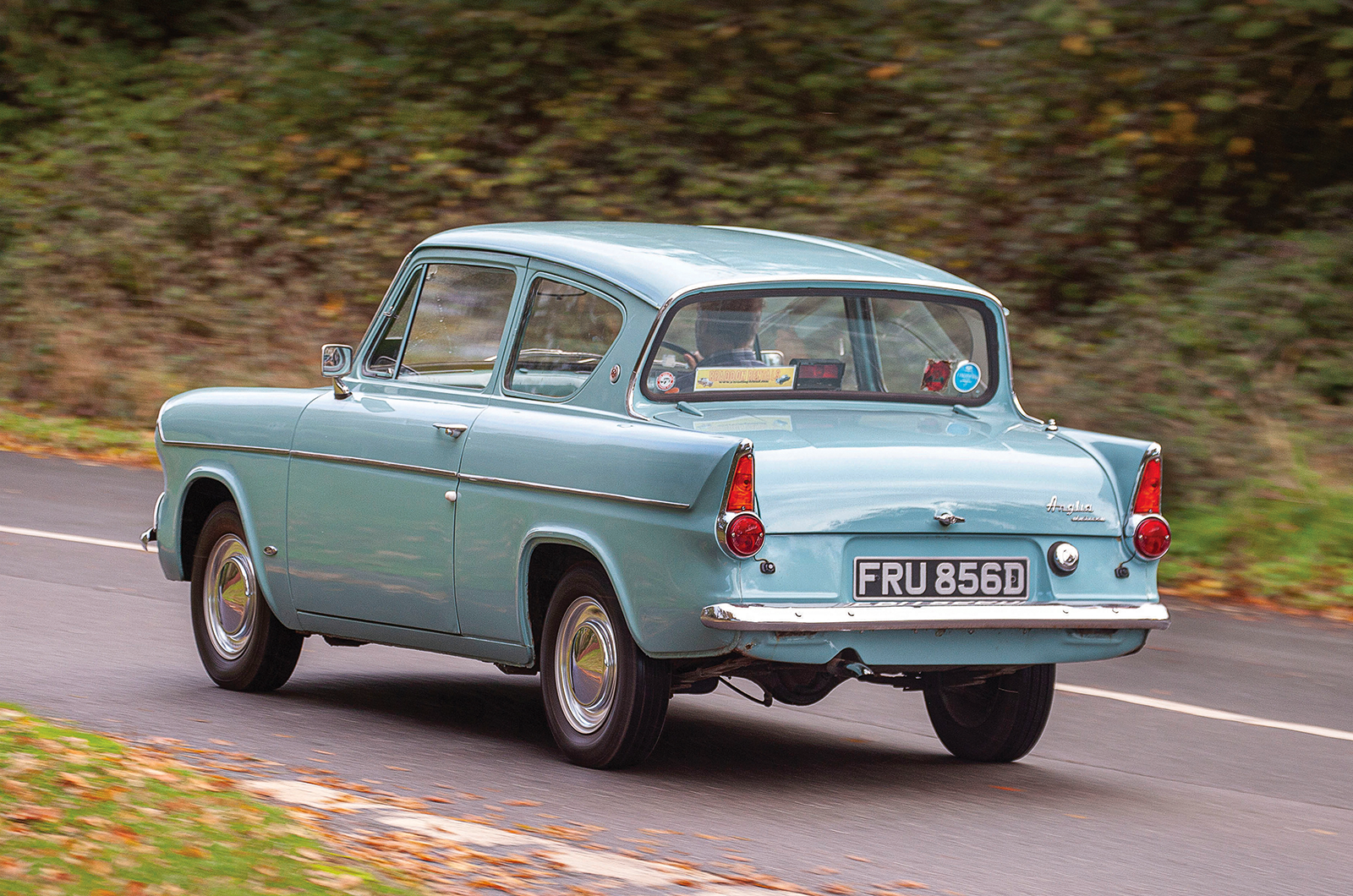
In a few years it would be further improved for the Cortina, whereupon this all-synchromesh unit plus the Cortina’s 1198cc version of the engine found its way into the Anglia, in 123E Super form.



